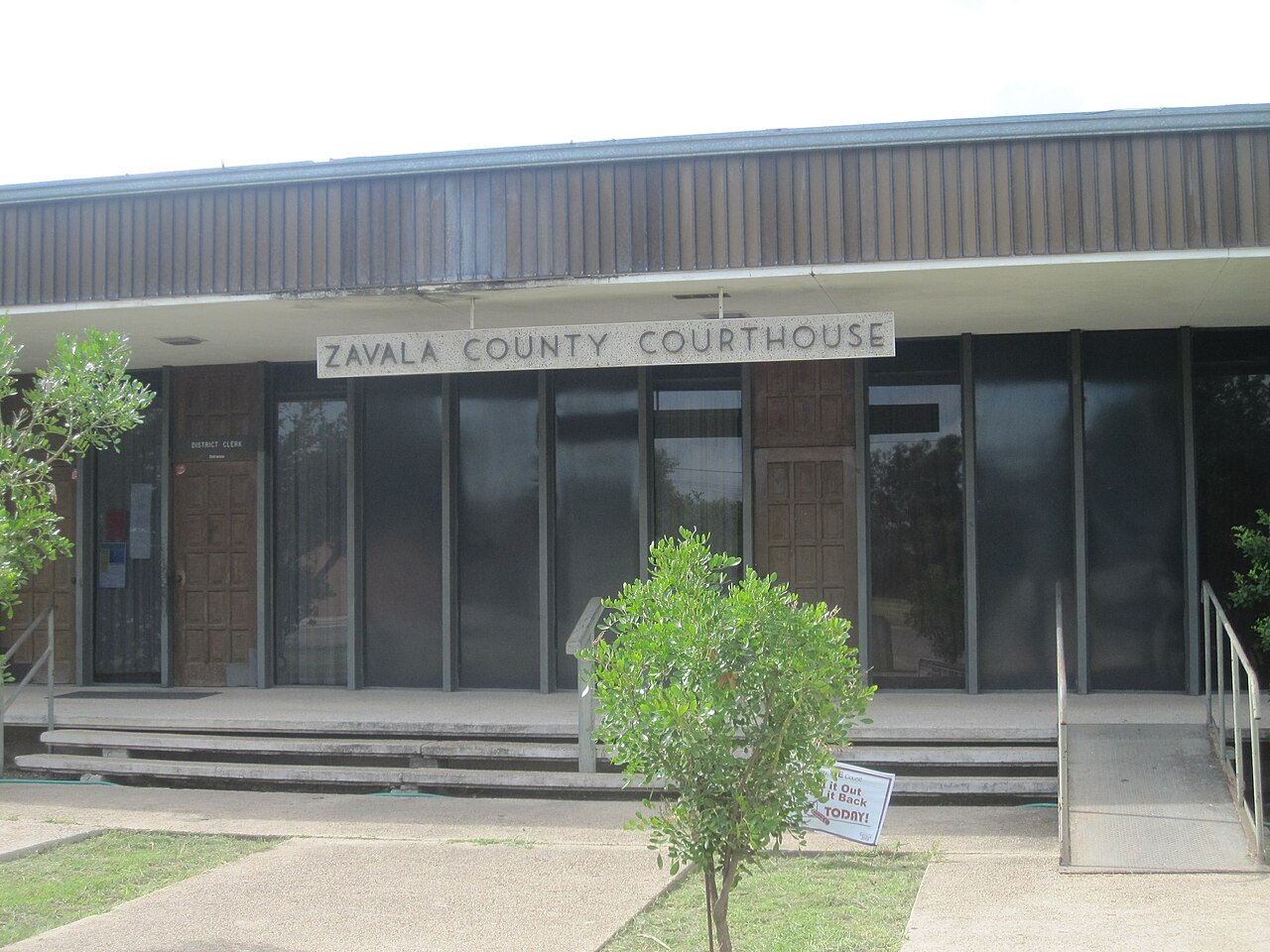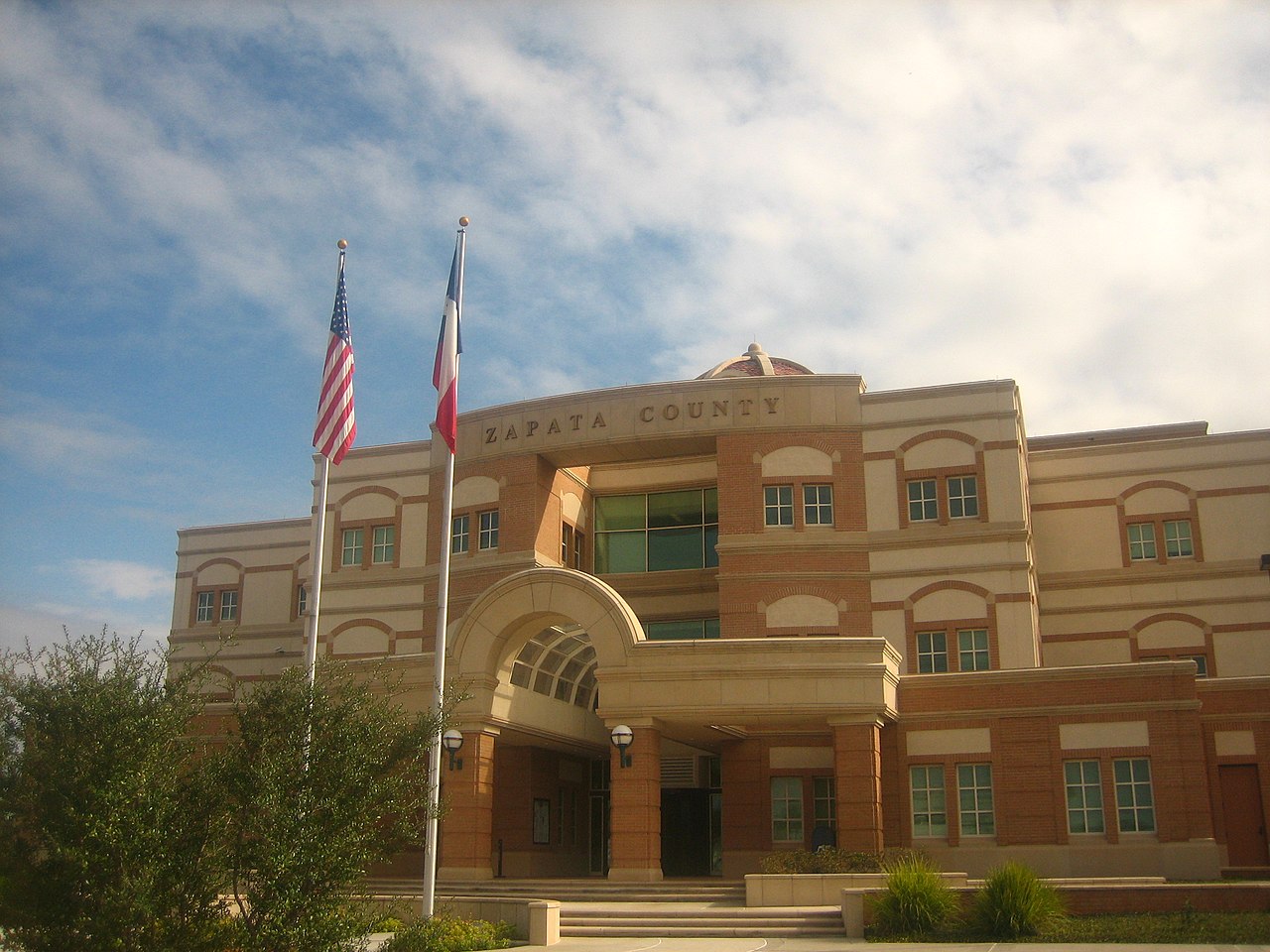If you are looking to save assets in bankruptcy, it is possible. If done correctly. There is a saying in bankruptcy that pigs get fat and hogs get slaughtered.
You do not want to get Slaughtered. You only want to get Fat.
This is Reason F for filing bankruptcy.
Jay Adkisson, Contributor for Forbes, gives a very good breakdown of a pre-bankruptcy exemption planning case out of Idaho. He says that it is important to remember that this case involved moving $20,000 from an unprotected and unexempt whole-life policy into two Roth IRAs two weeks prior to filing for bankruptcy.
When looking to save you and your family’s assets in bankruptcy, in Texas, it is generally permitted and encouraged to do pre-bankruptcy planning. As most people know, the Texas constitution protects a person’s homestead up to an unlimited amount. Back in the day (pre-2005), it was no problem to liquidate an unprotected asset and then put all that money into the homestead and then file bankruptcy. Since the bankruptcy laws changed in 2005, this rule is not nearly so absolute, but still pretty strong.
The Courts still draw the distinction between permissive pre-bankruptcy planning and outright attempts to defraud creditors. It naturally depends upon the circumstances and the credibility of the Debtors. But we would not have a problem with a similar fact scenario here (actually, in Texas the whole-life policy would have been exempt anyway). If you have $10,000 in the bank account and you are using Texas exemptions, you cannot protect that money in the bankruptcy. However, you and your spouse would be entitled to transfer $5000 of that each into a Roth IRA. Sounds similar doesn’t?
However, we would not recommend filing a bankruptcy just two weeks later. That transfer has to be disclosed for up to two years so the Trustee is going to know about it anyway. It will look better if you wait 90 days or even 180 days to give the transfer time to “breathe.” We see this every year with large tax refunds and don’t normally have problems by waiting. Transferring a large amount of money just days prior to filing invites the kind of inquiry that the trustee gave the debtors in the Idaho case.
There has to be an “intent” to defraud creditors when transferring or liquidating assets. There has to be something more than just converting an unexempt asset into an exempt one. (re: Saving an asset in Bankruptcy). As the the 5th Circuit said in 1983:
“No doubt courts must recognize that some pre-bankruptcy planning is permissible, and that the mere conversion of assets from non-exempt to exempt property on the eve of bankruptcy does not by itself suffice to prove an intent to defraud creditors. See First Tex. Sav. Assoc., Inc. v. Reed (, (5th Cir. 1983)In re Reed), 700 F.2d 986, 990-91. “
Mere conversion of property from non-exempt to exempt on the eve of bankruptcy–even though the purpose is to shield the asset from creditors–is not enough to show fraud. In re Reed at 991.
In fact, it is clear from the legislative history of The 1978 Act that the debtor is to be allowed to make full use of his exemptions. The House and Senate Reports stated the following: As under current law, the debtor will be permitted to convert nonexempt property into exempt property before filing a bankruptcy petition. The practice is not fraudulent as to creditors, and permits the debtor to make full use of the exemptions to which he is entitled under the law.
There is nothing wrong from converting an unexempt asset into an exempt one. It depends on what it is, how much it’s worth, why you need to do it and when you do it. Always keep in the back of your mind the adage that Pigs get Fat and Hogs get Slaughtered.
If you need to save assets in bankruptcy, this is not a road you want to travel alone. You need the assistance and advice of experienced bankruptcy counsel to walk through the consequences of your decisions to save assets in bankruptcy.
Please visit our website for more information about us and bankruptcy. You may also view our video with Bankruptcy Information.
Call us today at (713) 974-1151 to schedule a no-obligation consultation or feel free to email us at [email protected].
[contact_form]
Bankruptcy Attorneys around the nation are taking part in this Bankruptcy Alphabet. See what other excellent attorneys are saying about the letter “F” in their blog posts.
- Failure Begets Success Philadelphia Suburban Bankruptcy Lawyer, Chris Carr MBA
- Family Farmer/Fisherman Omaha and Lincoln, Nebraska Bankruptcy Attorney, Ryan D. Caldwell
- Financial Fatigue Cleveland Area Bankruptcy Lawyer, Bill Balena
- First Northern California Bankruptcy Lawyer, Cathy Moran
- Foreclosure Colorado Springs Bankruptcy Attorney Bob Doig
- Foreclosure Kauai Bankruptcy Attorney, Stuart Ing
- Forgiveness of Debt Los Angeles Bankruptcy Attorney, Mark J. Markus
- Forms Jacksonville, Florida Bankruptcy Attorney, J. Dinkins G. Grange
- Fraud Philadelphia Bankruptcy Attorney, Kim Coleman
- Fraudulent Transfer Allen Park, Michigan Bankruptcy Attorney, Christopher McAvoy
- Fraudulent Transfer San Francisco Bankruptcy Attorney, Jeena Cho
- Free Consultation Wisconsin Bankruptcy Lawyer, Bret Nason
- Fresh Start Marin County Bankruptcy Attorney, Catherine Eranthe
- Fresh Start Metro Richmond Consumer and Bankruptcy Attorney, Mitchell Goldstein
- Fresh start Daniel J. Winter, Chicago Bankruptcy Lawyer
- Future Flow Agreement New York Bankruptcy Lawyer, Jay S. Fleischman
- Free Consultation Livonia, Michigan Bankruptcy Attorney, Peter Behrmann
- Bankruptcy Attorney Fees Michigan Bankruptcy Attorney Kurt OKeefe
- Filing Requirements Miami Bankruptcy Attorney, Dorota Trzeciecka
- Free Credit Report Jacksonville Bankruptcy Attorney, J. Dinkins G. Grange
- Fees Birmingham Bankruptcy Attorney, Elizabeth Johnson
- Form 1099-C Pittsburgh Bankruptcy Attorney, Shawn Wright
[paypal-donation]













